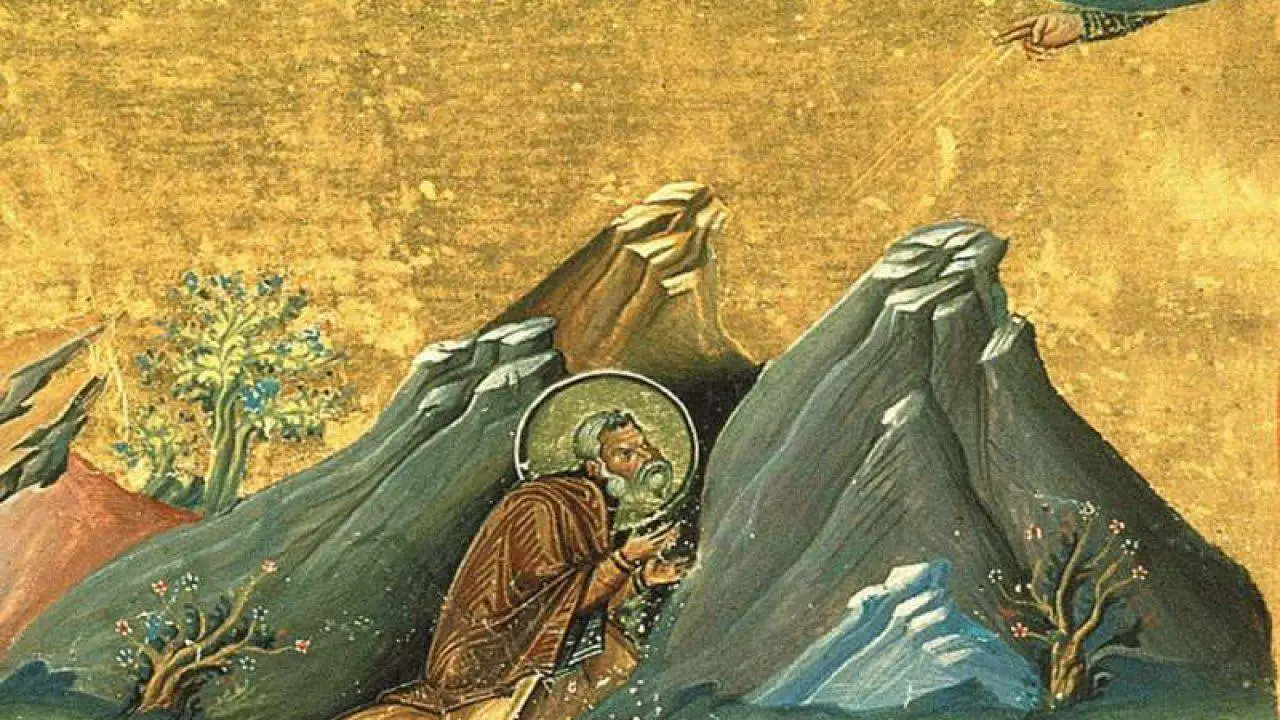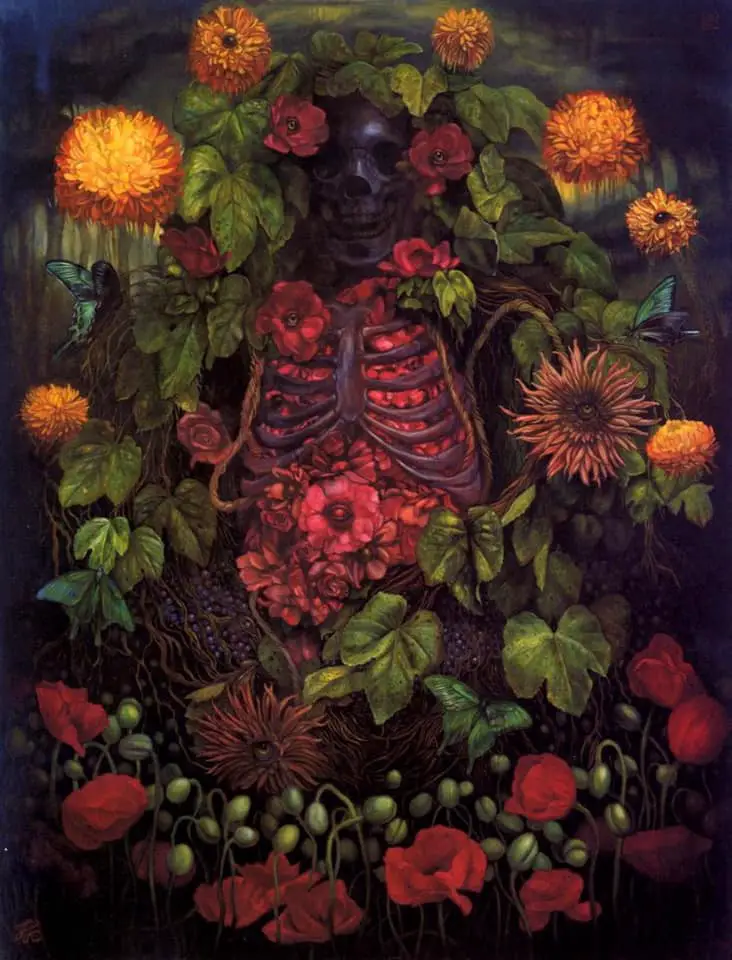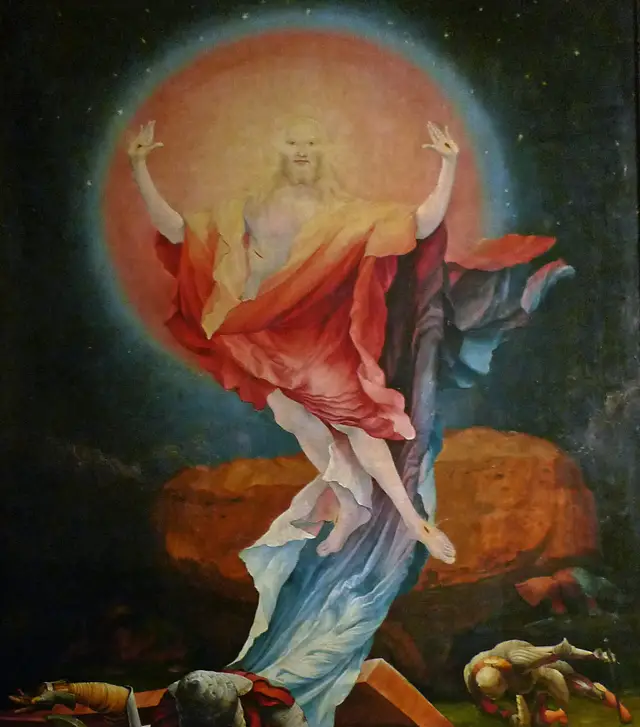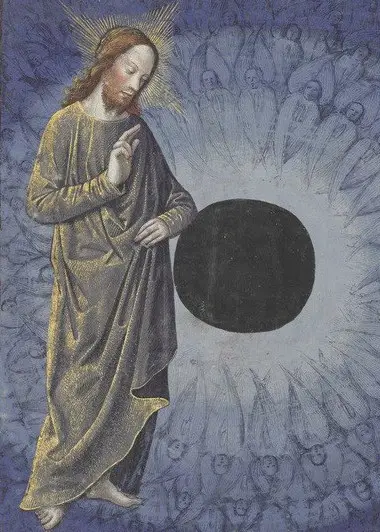Tag: Christ
The Logos and the knowledge of God in Clement of Alexandria's Neoplatonism
In the "Stromateis", written in the third century, Clement of Alexandria establishes a deeper analogy between the truth-Logos, coeternal and coextensive with God, and the cosmic aeon, aiȏn, which gathers in itself present, future and past: to the temporal scan , a typical expression of creation, the articulation of the parts of the cosmos is connected; thus "he who reassembles the different parts and reunites them will safely contemplate [...] the Logos in his perfection, that is, the truth".
Of Solstices and Apocalypses: of Saturn and the Golden Age
Solstitial and "apocalyptic" annotations on the celebration of Christmas and the end of the Year, on the archaic doctrine of the "gates" of the Cosmos and of the Year and on the eschatology of the ancient Sidereal Religion, passing from the Greco-Roman tradition to the Hindu one the Christian one.
Mircea Eliade: "Cosmic cycles and history"
"Even within the framework of the three great Iranian, Jewish and Christian religions, which have limited the duration of the cosmos to a certain number of millennia, and affirm that history will definitively cease in illo tempore, there are traces of the ancient doctrine of the periodic regeneration of history »: Very ancient doctrine that Eliade, in his essay“ The myth of the eternal return ”, finds in the Babylonian, Hindu, Buddhist, Germanic and Hellenic tradition.
Blood Metaphysics
Blood has always been considered, in the history of ideas, the vector of a powerful magical force and the vehicle of a complex and varied symbolism, starting with the rock paintings dating back to the Paleolithic to reach the three "book" religions (Christianity, Islam, Judaism), passing through the cosmogonic myths of ancient traditions (Babylonian, Hindu, Norse, etc.), obviously without neglecting its use in traditional oriental medicine and its sacrificial value within ceremonial practices.
The rites of Easter night as an initiatory mystery
The lighting of the fire, the texts that trace the sacred history, the rite of water that evokes the mystery of death-and-resurrection of baptism. The Sacred Meal of the Body and Blood of Christ: "the greatest hierophany" according to Mircea Eliade. The liturgy of the Easter vigil transmits a mysterious and initiatory meaning over the centuries.
From Ganesha to Dionysus: dismemberment and (re) integration
From the myth of the beheading of Ganesha to that of Dionysus Zagreus quartered by the Titans, up to some brief mention of the Christian Savior: morphology of the initiatory path of the "Son of the Mother", from the "ritual dismemberment" to (re) integration in non-duality
Astrological considerations on the Gospel: the Passion and the Resurrection
Astrological Considerations on the Gospel: A Solar-Based Soteriology
di Andrew Casella
cover: “The creation of the Sun, the Moon and the stars”, ca. 1250-1260
The cycle of articles dedicated to sacred astronomy by Andrea Casella continues. In this appointment and in the one that will follow, the author focuses on the soteriology of the Christian Gospels, identifying the references — most of the time now forgotten and therefore misunderstood — to the ancient astroteological tradition. In this first part we will analyze in a special way the figure of John the Baptist and his relationship with Jesus (especially as regards "baptism") and that of Judas the Iscariot, connected with the constellation of Scorpio.









